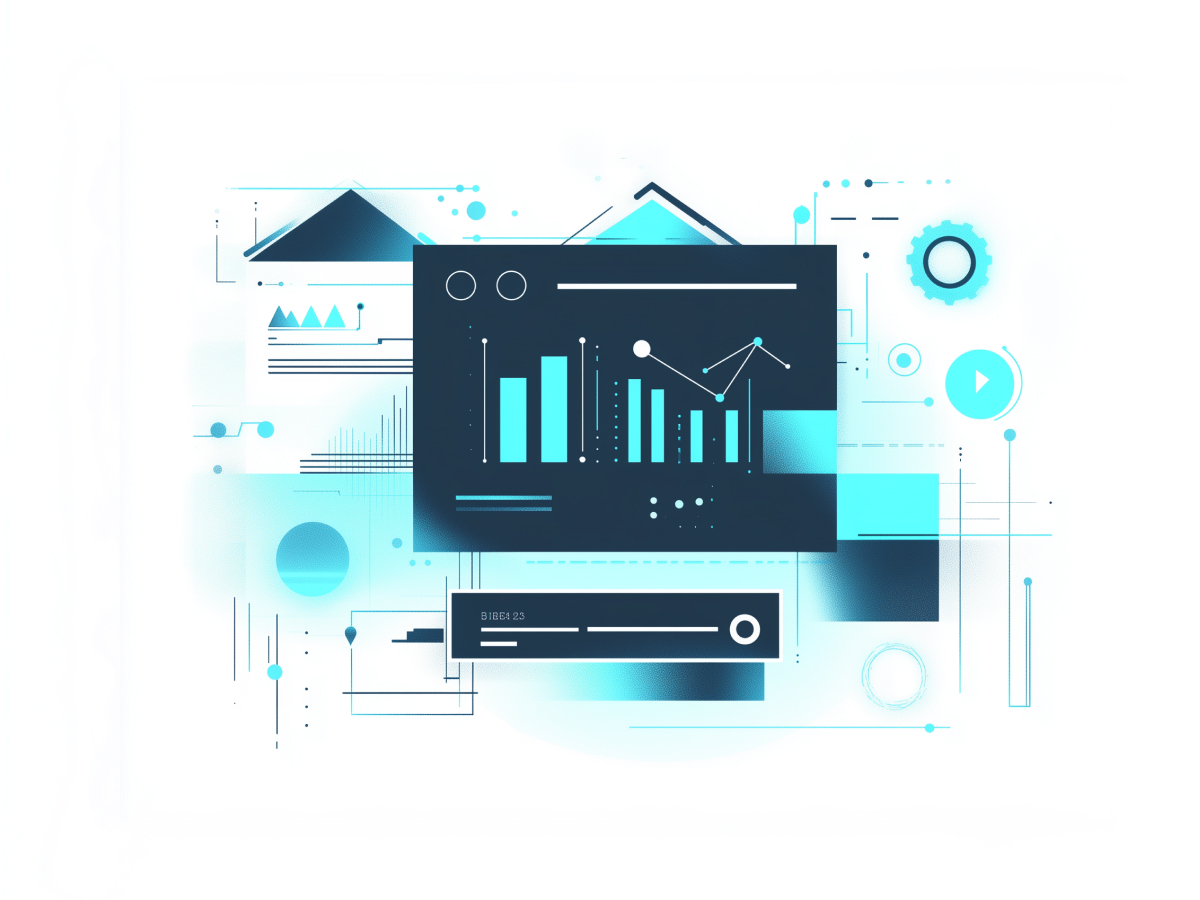Data hyperaggregation, a method that consolidates and processes large volumes of data from multiple platforms, both cloud-based and on-premises, offers a compelling path forward. This practice creates a single, unified dataset that improves data visibility across the organization.
The result is actionable insights that empower better decision-making and drive operational efficiency. As businesses increasingly adopt digital transformation strategies, data hyperaggregation is becoming a powerful tool to accelerate growth, improve agility, and create competitive advantages.
Data hyperaggregation is the ultimate solution for unifying your data
Data hyperaggregation involves the continuous collection, integration, and processing of massive amounts of data from diverse sources, including both cloud environments and traditional on-premises systems. The goal is to build a comprehensive dataset that consolidates all available information, leading to more comprehensive analytics and a clearer operational overview.
With businesses generating and consuming data at unprecedented rates, traditional methods of data aggregation are no longer sufficient.
Hyperaggregation delivers a comprehensive view, which is critical in a time when precision in decision-making can lead to better outcomes across the enterprise.
Improve your data strategy with hyperaggregation
The scope of data hyperaggregation is on simplifying information flow across the organization, bringing together disparate data points from various systems and platforms into one accessible framework. An integrated dataset improves data visibility, which directly supports better analytics and operational efficiency.
For instance, a manufacturing company using hyperaggregated data could pull information from its supply chain, operations, and customer databases to deliver real-time insights into performance bottlenecks.
Similarly, healthcare organizations could merge patient data from numerous touchpoints to create comprehensive care plans that improve patient outcomes.
Using data hyperaggregation for smarter decisions
When centralizing and structuring data from multiple sources, hyperaggregation transforms how organizations make decisions. Leaders gain access to deeper insights drawn from a broader spectrum of data points, making decisions more informed and precise.
Better visibility leads to improved operational efficiency, as data can reveal inefficiencies or opportunities for optimization that may otherwise remain hidden.
The direct benefit of better decision-making translates into greater business value. According to a recent study, companies using comprehensive data strategies, including hyperaggregation, have shown a 33% improvement in decision-making processes compared to those with fragmented data systems.
Data hyperaggregation in driving digital transformation
As businesses grow, the need to harness large amounts of data from a wide array of sources becomes more pronounced. Data hyperaggregation accelerates this process by integrating vast datasets into a unified structure, making sure that enterprises can derive meaningful insights faster and more efficiently.
Data hyperaggregation directly aligns with the goals of digital transformation by simplifying how data flows within organizations.
Data hyperaggregation integrates complex, siloed data ecosystems, aligning them with business objectives. Organizations can then act on insights drawn from every corner of their operations, supporting informed, agile decision-making that can respond to changing market conditions.
The major trend that will define future business success
The ability to collect and process large amounts of data is now a prerequisite for business success. Data hyperaggregation is rapidly becoming a major trend, as organizations recognize that a single, comprehensive view of their data can enable better, more strategic decisions.
According to a report by IDC, companies that adopt advanced data integration methods like hyperaggregation are 50% more likely to outperform their competitors in terms of revenue growth and customer retention.
Building a strong foundation
Middleware forms the essential framework that supports data hyperaggregation by providing the infrastructure needed to manage, process, and integrate vast amounts of data. In cloud platforms, middleware connects various data streams, making sure that information can flow freely between cloud-based and on-premises systems.
Middleware effectively bridges the gap between environments, making sure that data remains accessible and usable, regardless of its origin.
Middleware’s real power is its ability to handle complexity. Many organizations struggle with fragmented systems, where data silos hinder progress. Middleware integrates these silos, supporting data exchange between different platforms, tools, and systems.
This common interface helps simplify the structure of poorly designed or complex data sets, which is particularly valuable in multicloud environments where compatibility and data flow are major concerns.
The key to unlocking hyperaggregated insights
One of the breakthroughs in data management is the automation of cloud provisioning. Automated systems help businesses to access computational resources on demand, scaling operations either vertically or horizontally based on real-time requirements.
Flexibility reduces the need for upfront investment in infrastructure, freeing up resources for strategic business initiatives.
When using automated provisioning, organizations can scale their data hyperaggregation efforts without worrying about infrastructure limitations, resulting in quicker access to insights and the ability to adapt to changing data requirements at a moment’s notice.
AI is driving data hyperaggregation
AI and machine learning thrive on access to large, diverse, and high-quality datasets. Data hyperaggregation provides exactly that by consolidating and structuring information from numerous sources.
As AI and ML applications become more integral to modern business operations, the demand for hyperaggregated data grows, enabling these technologies to perform more accurately and efficiently.
AI-driven models require a continuous flow of accurate, real-time data to make predictive analyses that are actionable. Hyperaggregation makes sure that AI models receive a wide array of information, improving their ability to detect trends, forecast outcomes, and optimize operations.
Cloud platforms are the ideal playground for AI-powered data hyperaggregation
Cloud platforms are the perfect environment for data hyperaggregation because they provide the computational power and scalability needed to handle large datasets. They help AI-driven applications to process this data more effectively, improving the robustness and precision of AI models.
For businesses looking to access the power of AI, the ability to hyperaggregate data on the cloud can be a key differentiator.





